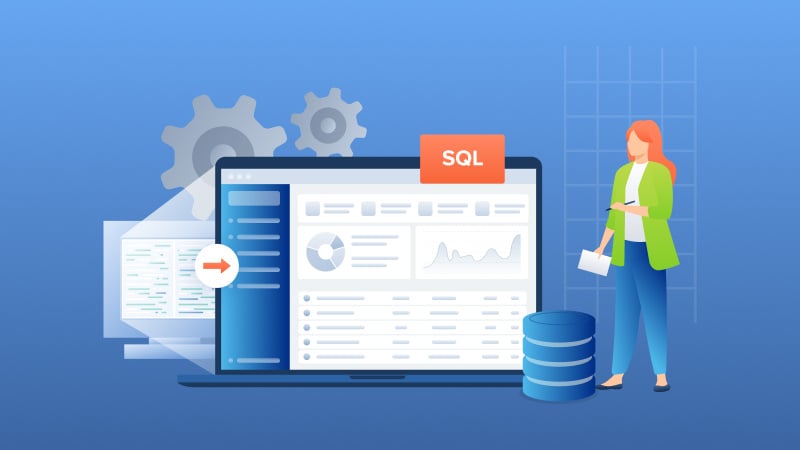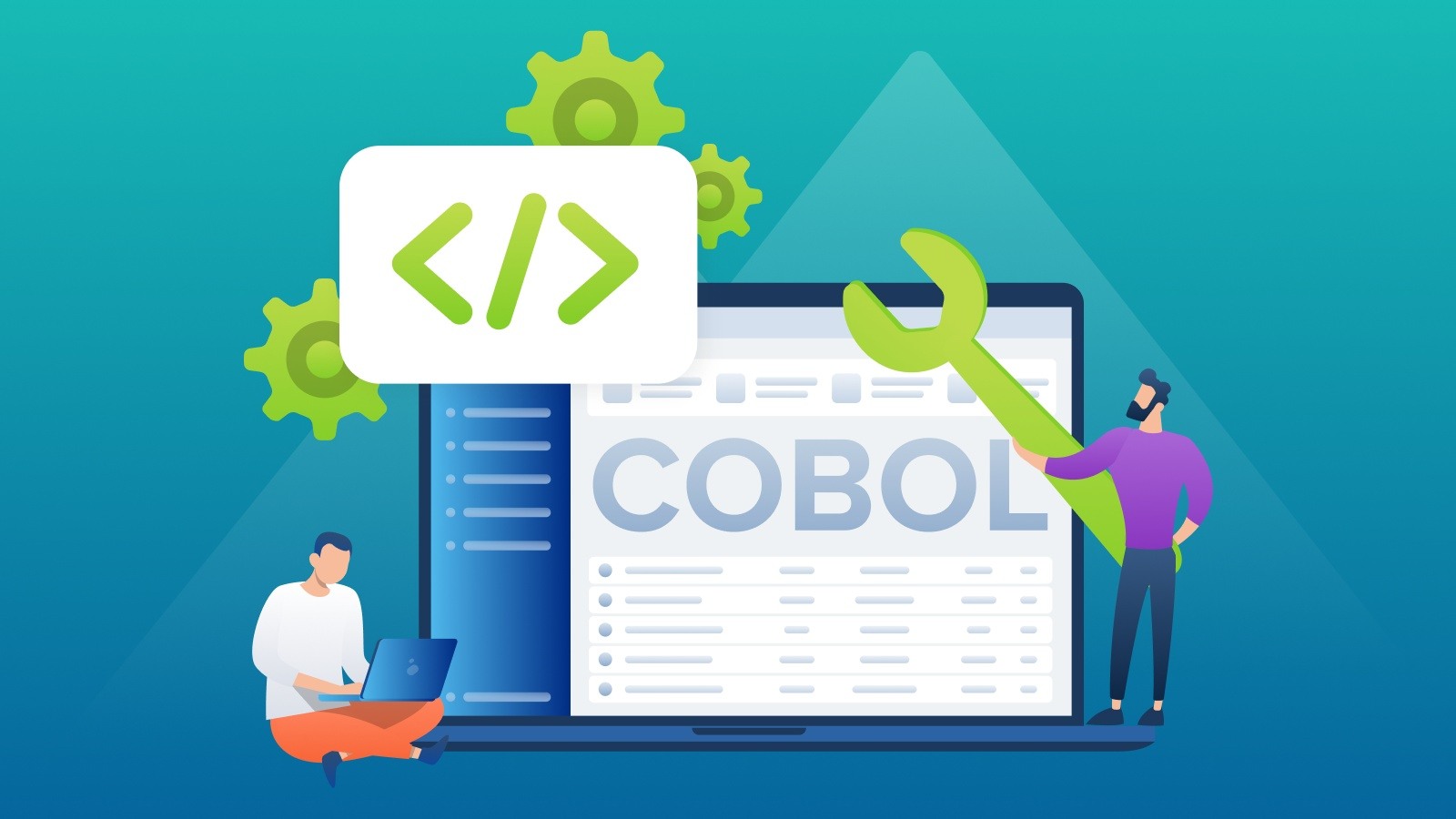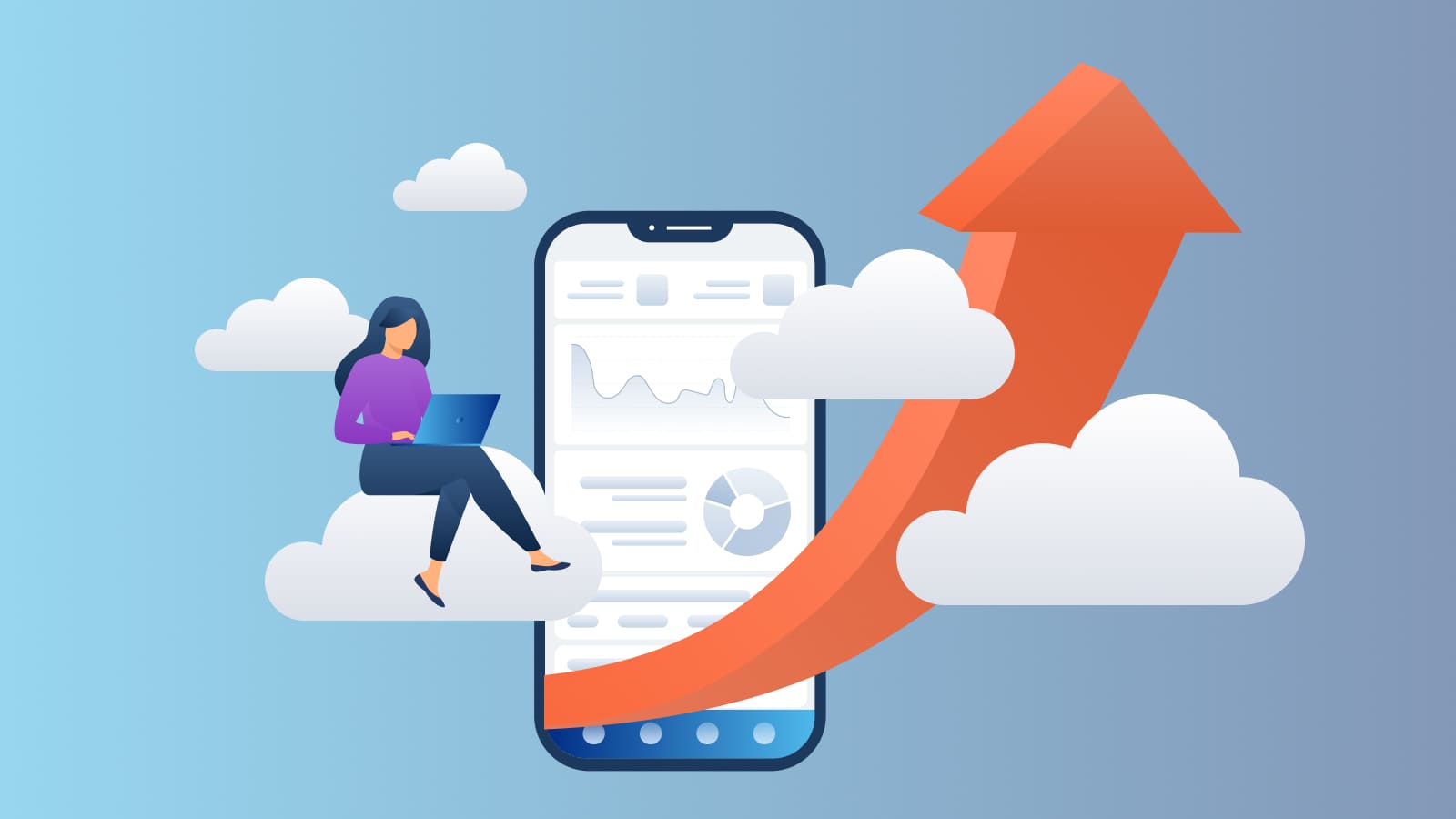Why Migrate from Btrieve to PostgreSQL and other Relational Databases?
Introduction Many independent software vendors (ISV) and corporate users still rely on applications that use a category of database collective called...
2 min read
Amanda McCluney
:
Mar 12, 2018 5:16:14 PM

With the May 25th deadline looming closer, it’s easy to find resources on the topic of the EU’s General Data Protection Regulation and what it will mean for organizations around the globe. In fact, a search query now yields so many results that it becomes overwhelming trying to sort through them all; some facts are repeated over and over, while other questions seem to go unanswered no matter how you search for them.
As a follow up to our conversation on GDPR and what it means for IT Managers, here’s a list of the best resources to help you learn more and prepare for enforcement:
If your company is located in the EU, or holds and/or monitors the personal data of anyone in the EU (regardless of your business’s physical location), then you must be in compliance with GDPR regulations by May 25th, 2018, or else you could be faced with fines up to €20,000,000. As we discussed in our guide to GDPR for IT Managers, one of the most critical areas you’ll need to think about is your database; if you’re still using a transactional database, you’re not going to meet the GDPR’s security requirements.
While the clock is ticking fast, there is still time for you to make the change from an older, indexed sequential access method (ISAM) database like DataFlex or Btrieve to a more robust SQL database system which offers additional data protection layers.
Learn more about making the move to a more secure database in our free whitepapers on migrating from Btrieve to SQL or Dataflex to SQL, without any source-level changes:
Disclaimer: This information is not legal advice for your company to use in complying with the EU’s data privacy law, the General Data Protection Regulation. Instead, it provides information to help you understand your options for moving your existing application to a SQL database, which offers a data protection layer not found in transactional databases, such as Btrieve or Dataflex. In summary, we insist you consult an attorney for advice on interpreting GDPR requirements or for particular legal advice.

Introduction Many independent software vendors (ISV) and corporate users still rely on applications that use a category of database collective called...

COBOL applications are the foundation of numerous essential business functions, especially within the banking, insurance, and government sectors....

Imagine breaking free from the constraints of old, monolithic systems and embracing the agility and innovation of cloud-based solutions.